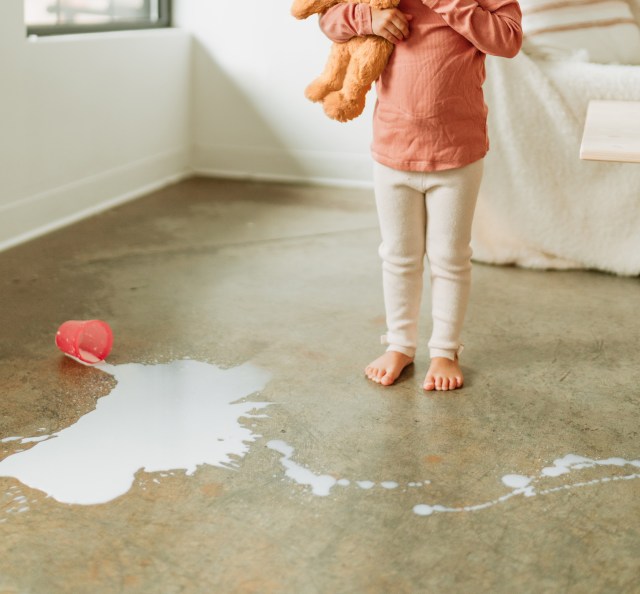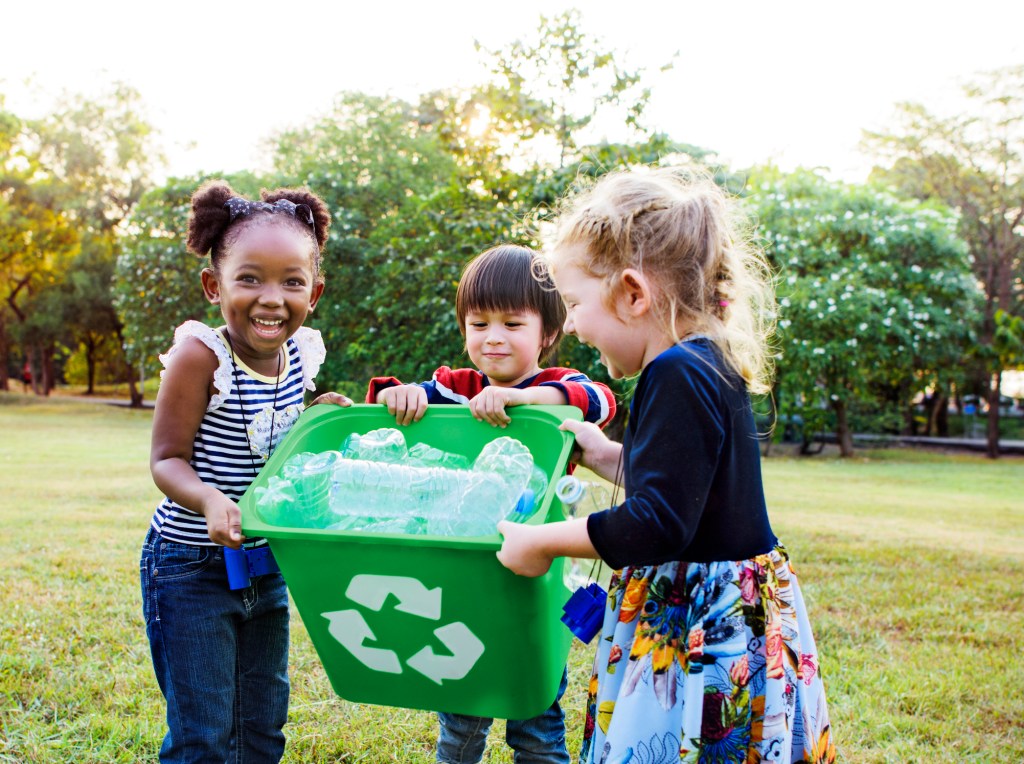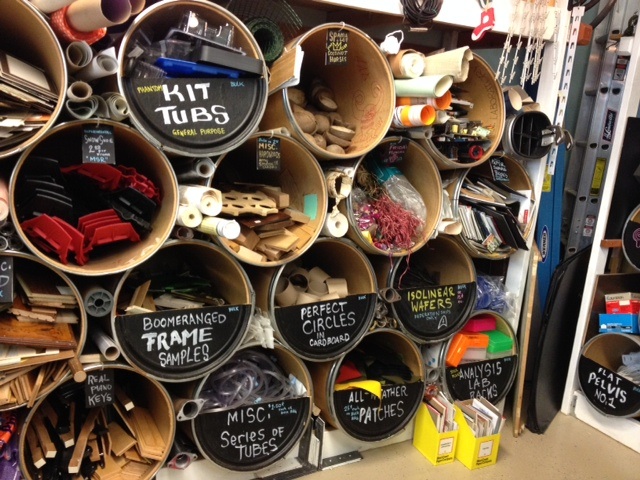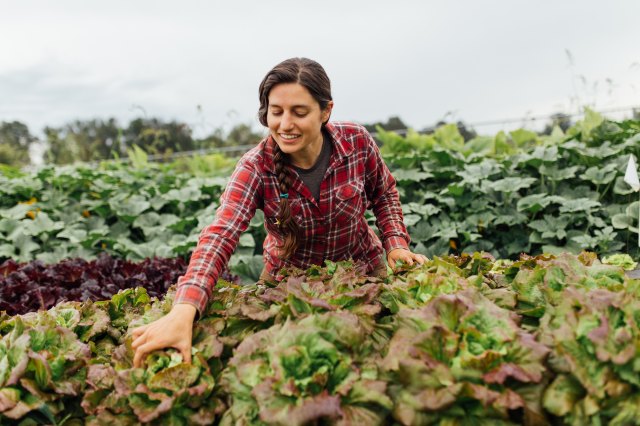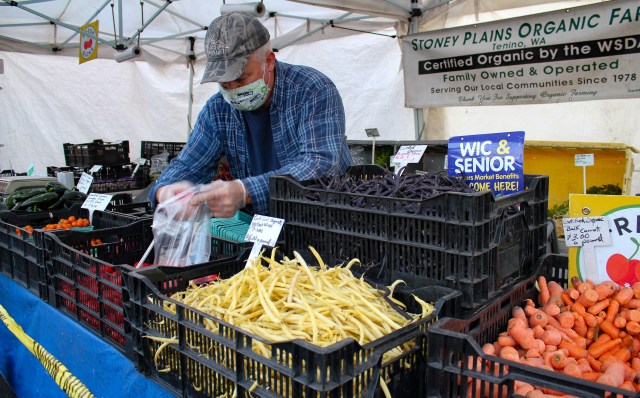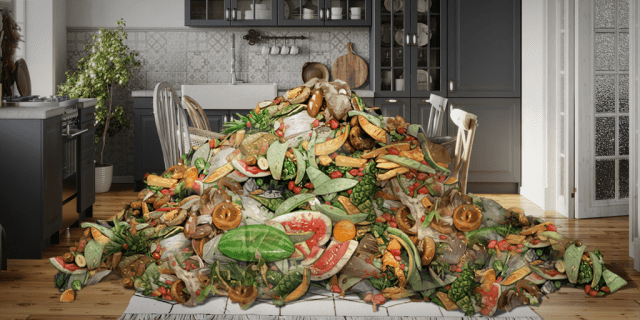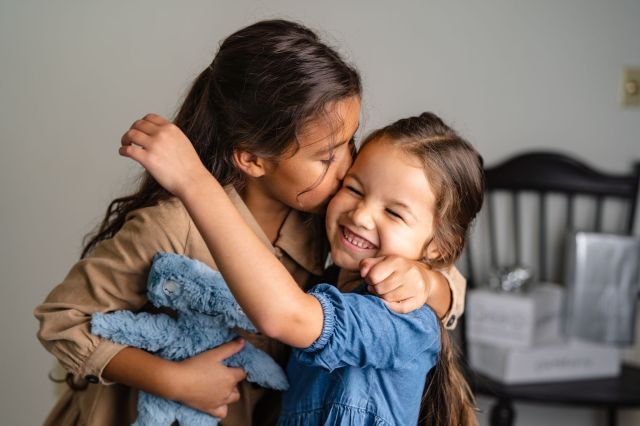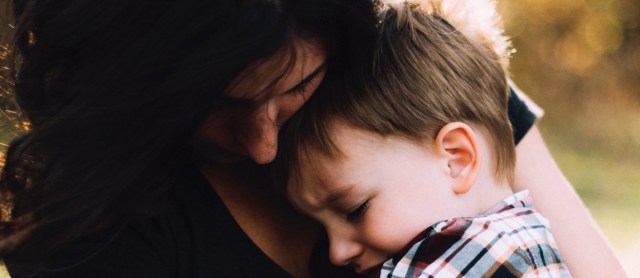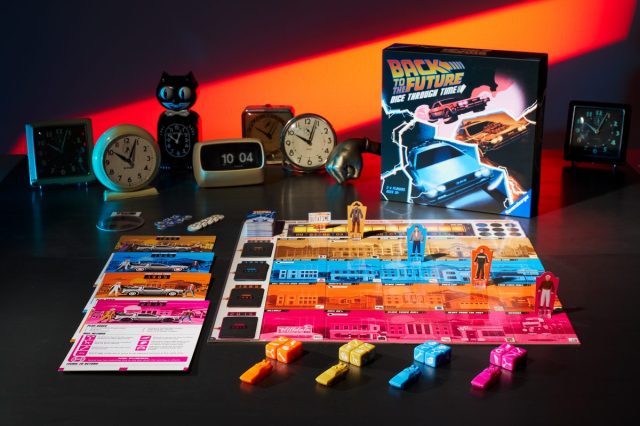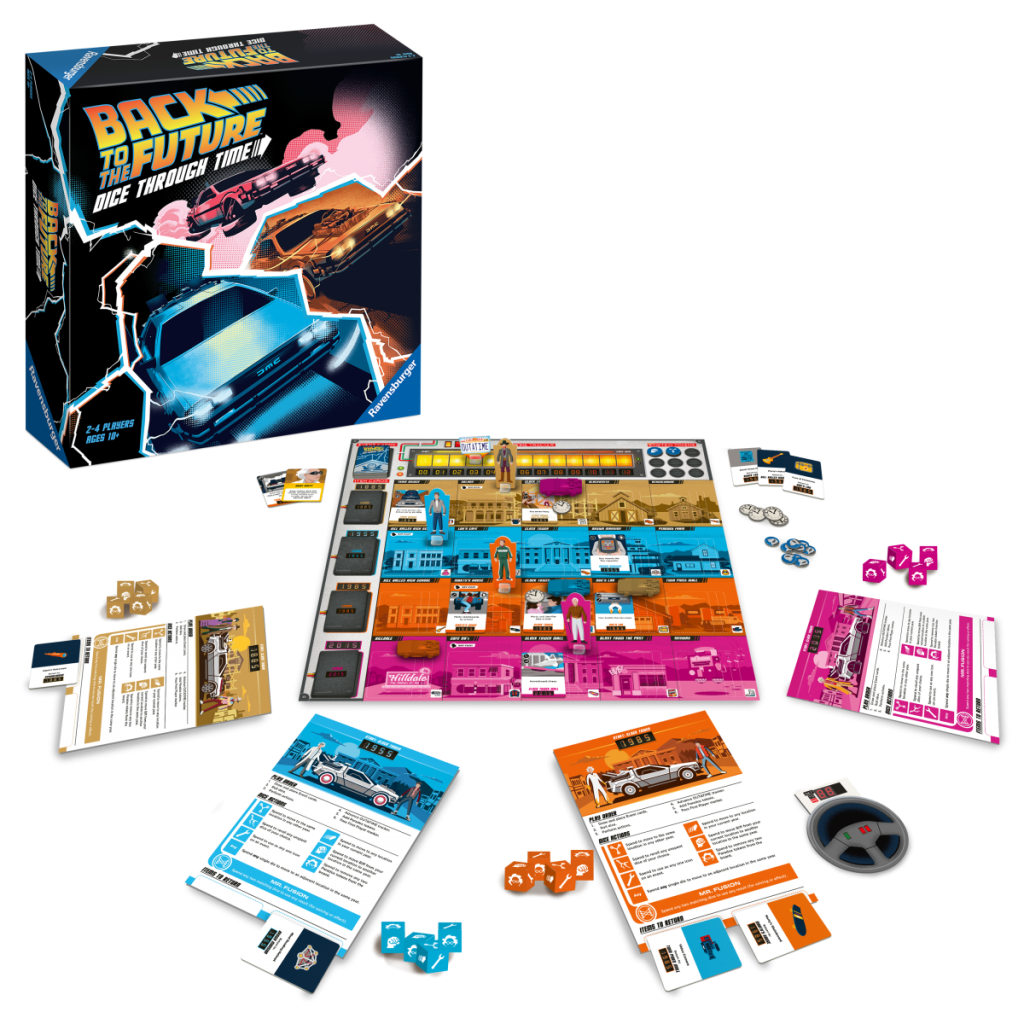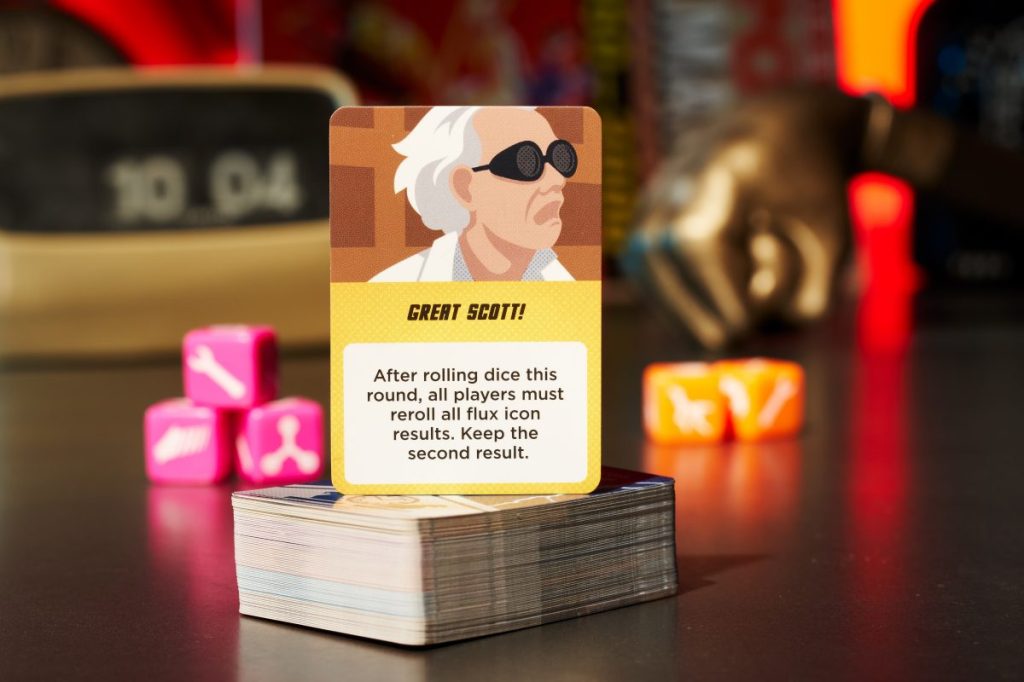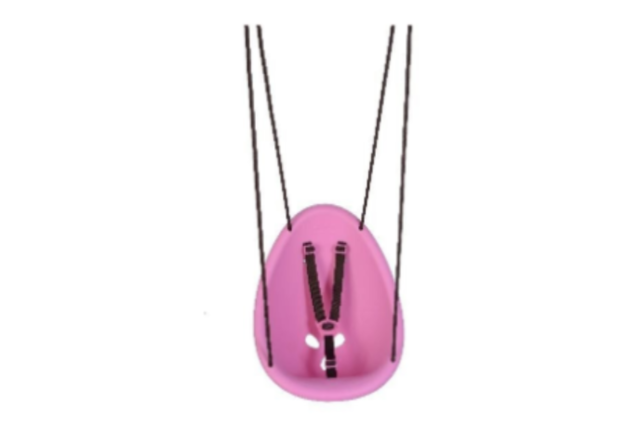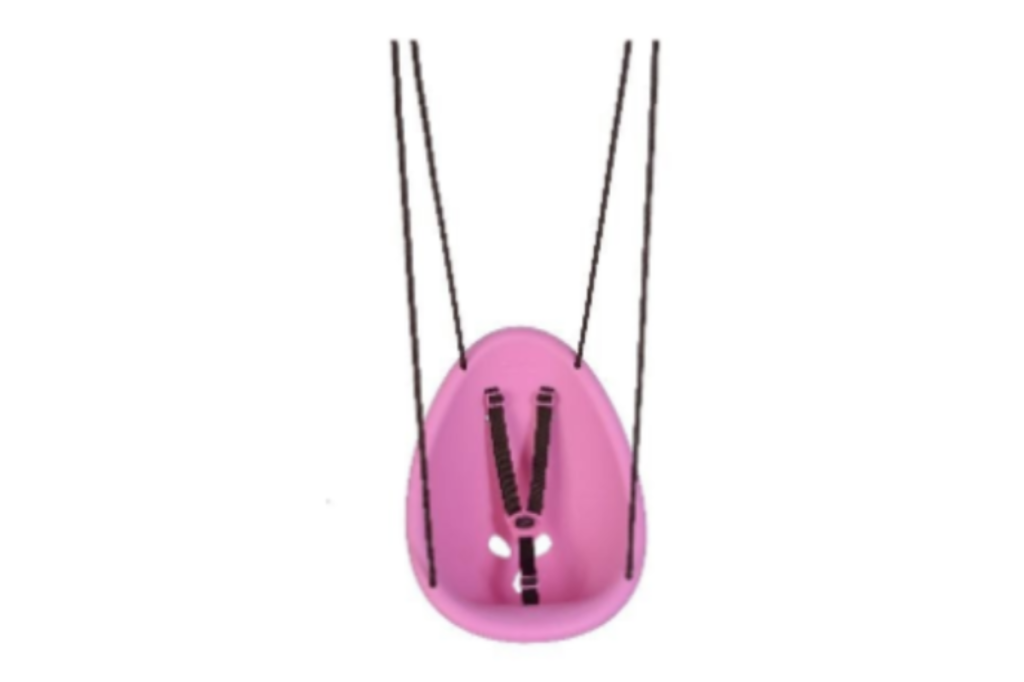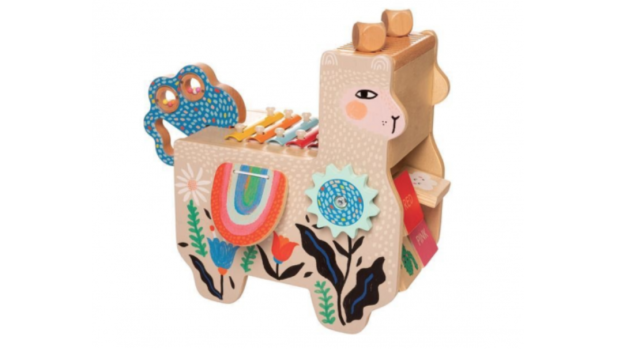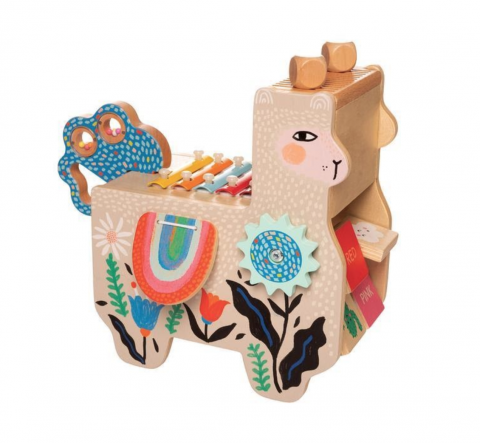Do you know that voice inside your head that says you “messed up,” or you “aren’t good enough?” Maybe it says other not-so-kind things, too. Most of us are familiar with the experience of having a voice inside that can be hard on us—this can be called “our inner critic.”
Adults and children alike can experience an internal battle with our inner critic. Sometimes our inner critics can get very loud, leading to feelings of anxiety, guilt or shame. Most of us don’t love feeling guilt or shame so we find strategies to avoid these feelings. One of these strategies is perfectionism. Perfectionism is when parts of us want things to be just right in order to avoid some type of negative outcome. Sometimes what we are trying to avoid is internal self-blame, other times it’s criticism or blame from others. Still, other times it’s because we are trying to avoid the disappointment of things not going as we had planned.
Perfectionism and anxiety go hand in hand. As we work to be perfect in an “imperfect” world, we are bound to hit some challenges along the way. Here are some signs of perfectionism:
-
Feeling badly about something unless over 100% effort is given
-
Difficulty starting tasks
-
Procrastination
-
Avoiding situations that could end in failure
-
Being highly critical of one’s self
-
Difficulty coping with making mistakes
-
Struggling with shame/embarrassment
-
Struggling with self-doubt
-
Struggling with appearing vulnerable
-
Focusing strongly on outcomes or end-results
The signs above can apply to both children and adults. Do you see any that you recognize? Sometimes it can be hard to pick up on perfectionistic tendencies in young children. Younger children may show perfectionism less verbally, and more in how they behave in certain situations. For instance:
-
Having frequent meltdowns when they make a mistake
-
Expressing embarrassment or shame when they get hurt
-
Working hard to avoid disappointing others
-
Struggling with making choices
-
Avoiding trying new things or starting tasks
-
Constantly asking for adult help for tasks they are able to do themselves.
To be clear these signs need to be taken into context as there are other reasons children may show these behaviors, but it can be helpful to begin to notice what is triggering to each child. If it seems like it may be along with the themes of “making mistakes” or having things be “just so,” perfectionism may be what you are seeing. If we notice these things early, we can start to support children to learn self-acceptance.
So what can you do if you notice a child struggling with perfectionism or their own inner-critic? Moving towards self-acceptance can help find ways of welcoming all parts of us, just the way they are. Try some of these ideas for supporting self-acceptance at home:
Here are some ideas for supporting perfectionist kiddos at home:
1. Celebrate strengths. Even perfectionism has its positive sides. Make sure your child understands that you appreciate them just the way they are.
2. Model positive self-talk. When you make a mistake, watch what you say to yourself. Model for your child how to be kind to yourself even when you mess up.
3. Welcome all feelings. When we welcome anger, sadness, happiness and everything in between we send the message that being human is okay! Sometimes we aren’t at our best or say things in anger, and we can work through those things.
4. Teach Repair. Sometimes shame and self-criticism can be strong for children because they don’t know “how to make it right.” Let your children know that there is always something we can try to do to make it right.
5. Try open-ended games and art. Try offering games, activities, and opportunities that don’t just have one right answer. This openness can take the pressure off and allow for more creativity, joy and relaxation throughout the day.
For even more support in tackling perfectionism, introduce Yak, a new Slumberkins creature whose story teaches the concepts of self-acceptance, perfectionism and perseverance by reminding little ones that they are enough, just as they are. Reading Yak’s book with your little one and practicing the self-acceptance affirmation can help your child take risks and understand that it’s okay to not be perfect at something the first time they try it.
